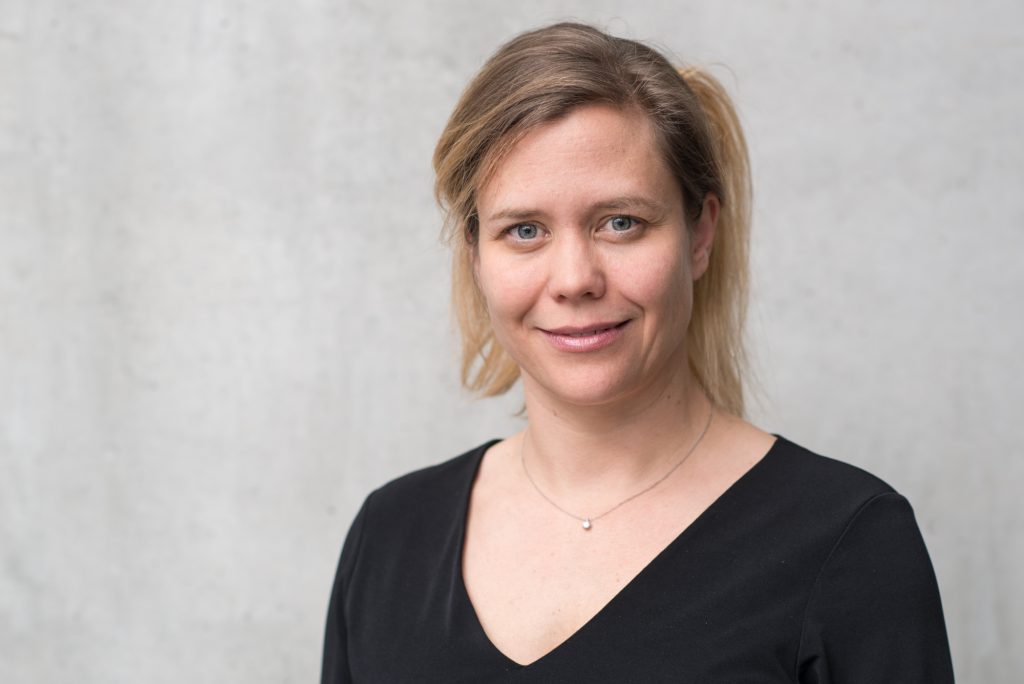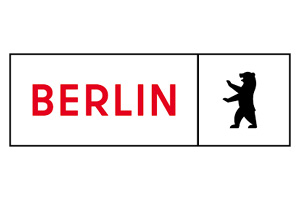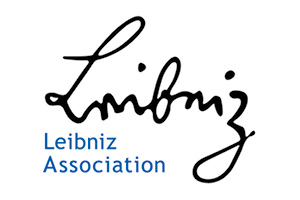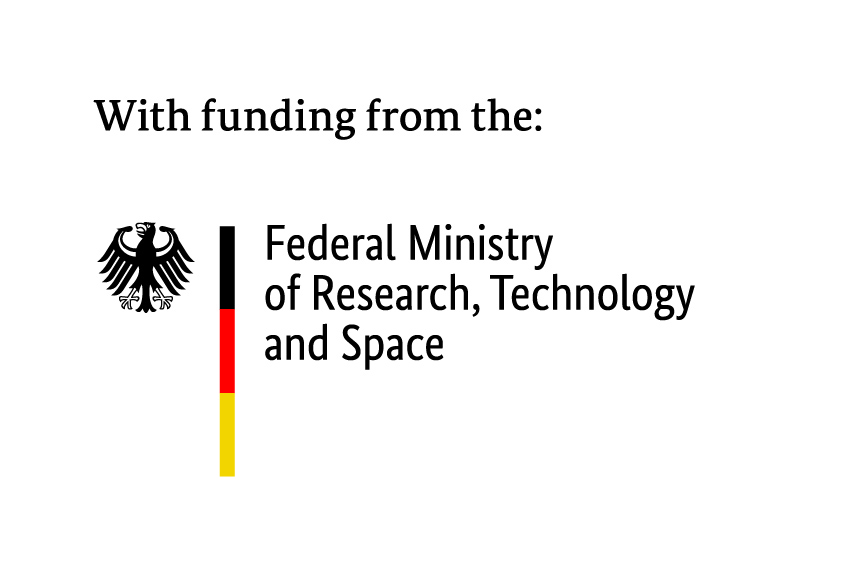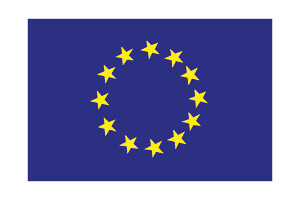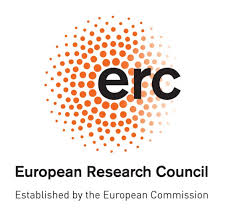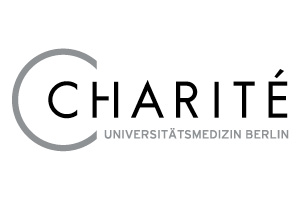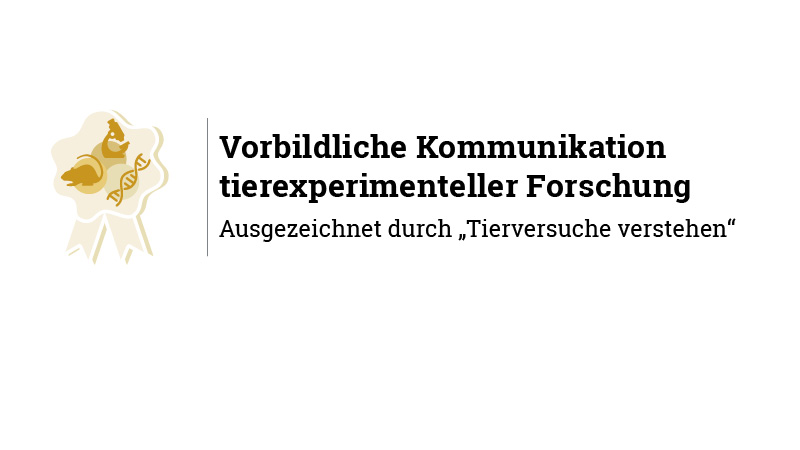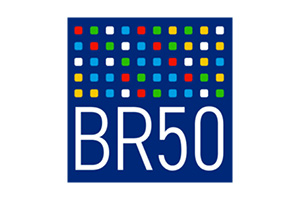Anja Hauser in an interview with the Morgenpost
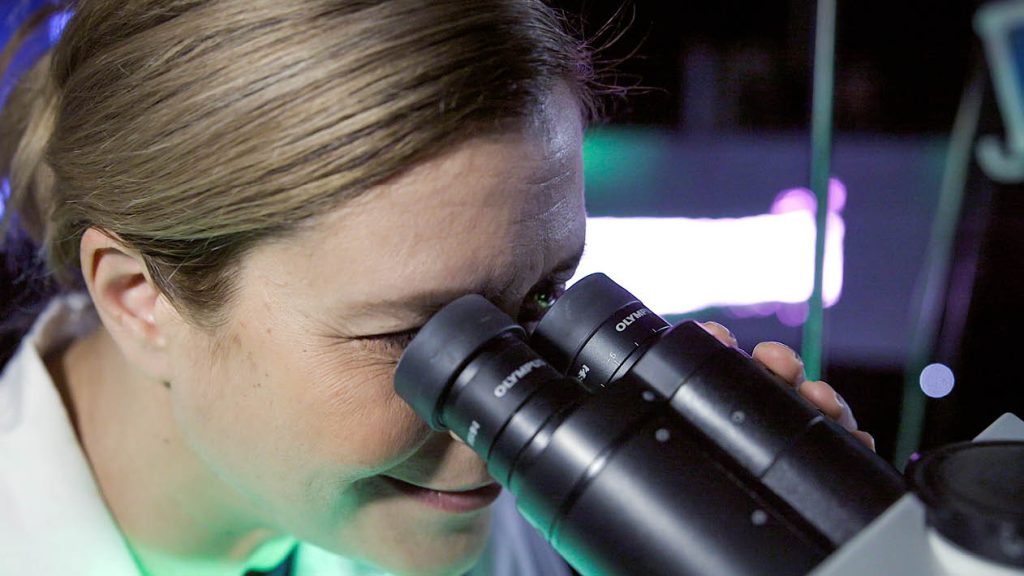
Finding the causes of rheumatism with state-of-the-art tissue microscopy
In an interview with the Berliner Morgenpost, Prof. Dr. Anja Hauser from the German Center for Rheumatology Research (DRFZ), a Leibniz Institute, talks about her research. She and her colleague Dr. Sandy Kroh show how modern microscopy helps to better understand chronic inflammation—and opens up new approaches to treatment.
Prof. Dr. Anja Hauser explains how she and her team are investigating the interaction of immune cells in tissue. This is important because many crucial processes that lead to rheumatic diseases cannot be detected in the blood alone, but take place directly in the tissue.
Using special robotic microscopes, researchers can simultaneously visualize up to a hundred different characteristics of immune cells. This generates fascinating images that provide valuable information about disease mechanisms. The research is supported by artificial intelligence, which evaluates the huge amounts of data and reveals structures that would be invisible to the human eye.
The scientists want to understand how misdirected immune cells trigger autoimmune reactions and how these processes can be specifically inhibited. This will enable the development of new therapeutic approaches that are much more precise than widely used drugs such as the anti-inflammatory cortisone. In addition to rheumatic diseases, the team is also focusing on other areas, such as bone healing, gum inflammation, and systemic sclerosis.
In the interview, Anja Hauser emphasizes that scientific progress always requires technological innovation. That is why many of the microscopes used are self designed and built in close collaboration with physicists and biophysicists from Prof. Dr. Raluca Niesner’s working group at the DRFZ. Close exchange between basic research and clinical application is crucial for the long-term development of new, personalized therapies for patients with rheumatic diseases.
Interview in the daily news Morgenpost
Photo: Gero Breloer
